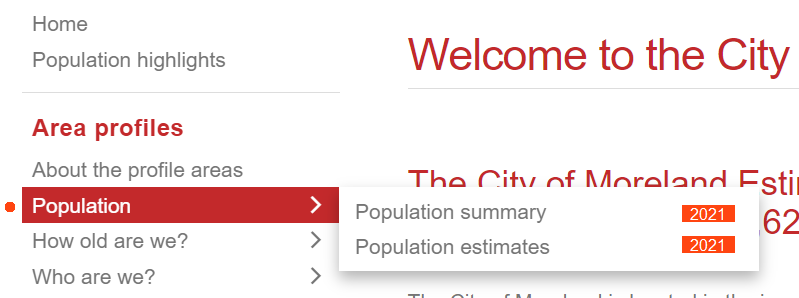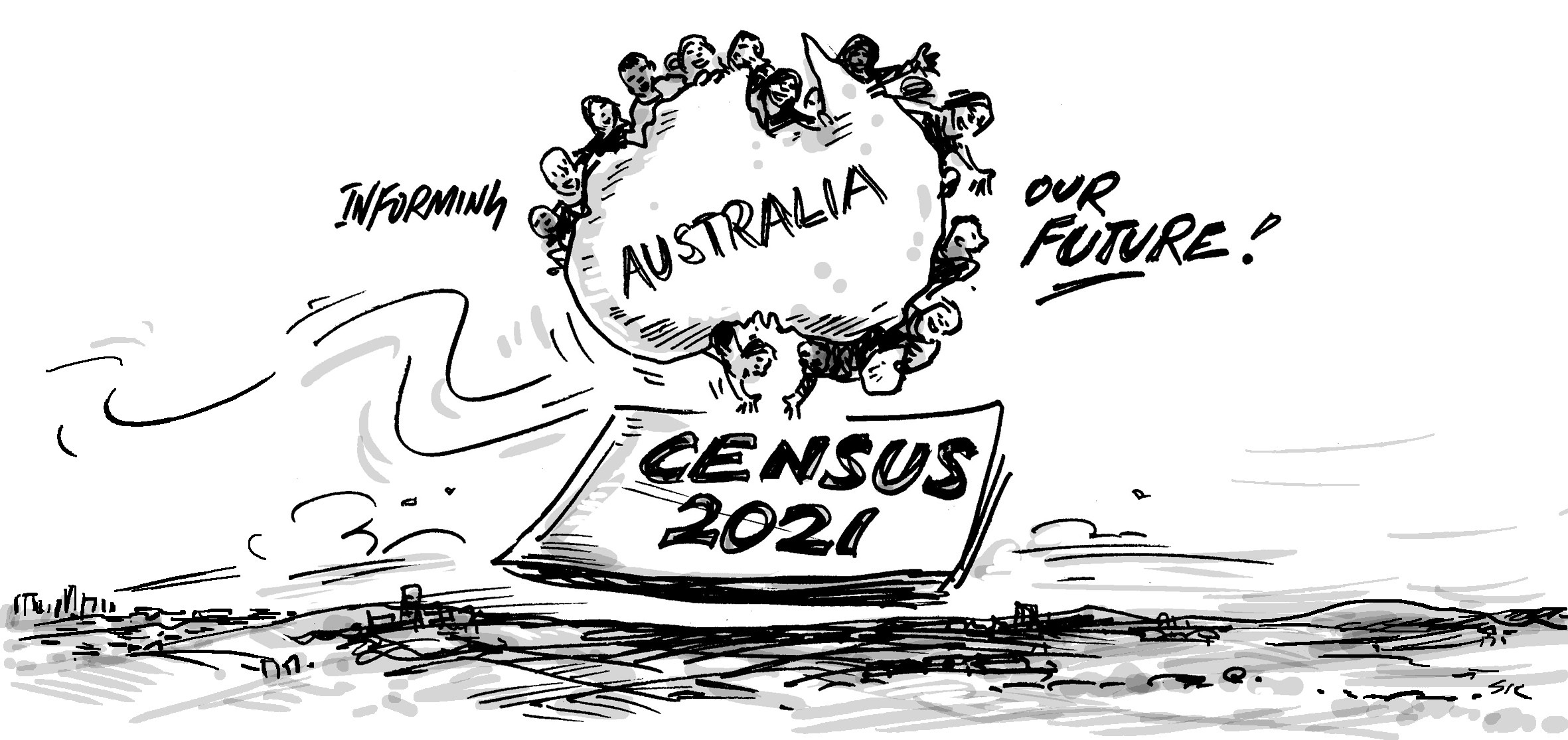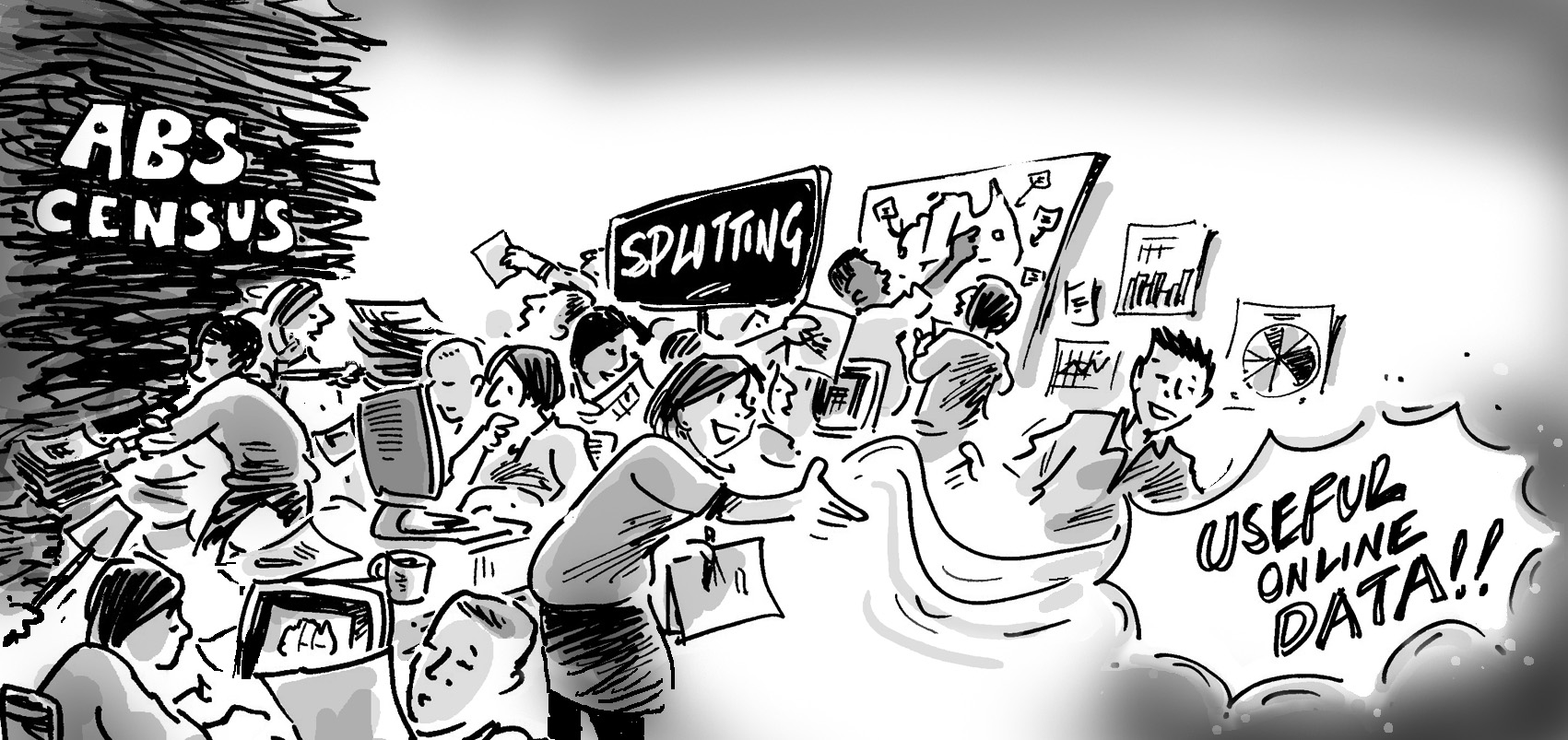The ABS has confirmed the date for the first release of data from the 2021 Census. Read on for details on the release and how data will flow through to your .id information tools.
It’s not too late. If you work at a council without a community profile, reach out to us before the Census data lands: demographics@id.com.au
The 2021 Census of Population and Housing was conducted on August 10th, 2021. Since then we’ve been waiting patiently for the Australian Bureau of Statistics to process the data for release. This normally takes about 10 months, so we’ve been expecting a release date around June 2022.
Finally, we have a release date! The ABS has announced that the first release of Census data will be on June 28th, 2022. This will include a lot of datasets in standard ABS products such as Quickstats and also – more importantly for .id and all our clients – the underlying raw dataset. This forms the basis for the update of our demographic information tools, particularly our Local Government community profiles and social atlases, but also our population forecasts, housing monitors and economic profiles. The Census data also support our living in place tool.
What is being released?
June 28th sees the release of raw data covering a majority of what’s collected in the Census. It’s about 75% of the data, at all geographic levels. This covers topics such as age structure, household types, education levels, incomes, cultural diversity, disability and health, housing tenure and unpaid work.
What’s not being released in June is everything to do with employment (industry, occupation, method of travel to work etc.), educational qualifications and internal migration (population mobility over 1 and 5 years). These topics need a bit more processing and are slated for the second release in October 2022 (no firm date yet).
There is a third release as well, which will include the SEIFA indexes and homelessness estimates – that’s expected early in 2023.
What is .id doing with the data?
Although .id represents local government users who cover nearly 80% of Australia’s population, we don’t get any early access to the data. We have an order in with ABS on behalf of all our clients but won’t receive the raw data until the day of release, June 28th, at 11:30am AEST.
We will start processing the data on that day. Because many of our geographic areas are non-standard (matching the needs of Local Government for local area data), it takes a while to build this new dataset in. We also need to do a lot of quality assurance to ensure that it works with the areas on our sites over past Census years. (We will have data from at least 5 Censuses on the community profile and some datasets going right back to 1991, which is 7 Censuses!). We also check that the categories haven’t changed and match what we have in the past. Lots of this work can be done ahead of the release, and that’s where much of our internal efforts have been going the past few months – but there’s always a lot of checking when the data actually arrives. We need to see whether the numbers make sense and our systems are processing it correctly. We also need to update all the text and write data notes including any caveats about using the data which arise from our analysis. The goal of all of this is to ensure you can have confidence using the data.
At this stage we are planning to release the Census data starting with the community profile sites topic-by-topic, with the first release planned within two weeks after June 28th, and additional topics added every few days after that.
The first release of Census data comprises 32 of the 38 topics in the main part of community profile (area profiles section), plus the new topic we’re all waiting for: Long Term Health Conditions. This will be a new topic, added to the “Who are we?” section. The remaining 6 topics are in the second and third releases, along with most of the specialist profiles (Migration, Journey to Work and SEIFA).
What order will topics be updated?
Generally, the most in-demand topics are arranged into groups that tell a particular story or theme, so it makes sense to roll out related topics as close together as possible. We also prioritise simpler topics so we can get more data online more quickly. From June 28 we’ll be looking update topics in this approximate order. (This order may change slightly depending on any discoveries made when the data arrives.)
Links below go to the Australia profile but it will apply to all community profile sites.
Topics which have been updated will show with a bright orange dot next to the menu item, like this:

They will have 2021 as the time period of interest, with a choice of earlier years defaulting to 2016. When you switch back to a topic that doesn’t yet have 2021 data updated, it will show 2016 and 2011 by default.
Maps on the social atlas are planned to be updated roughly in parallel. Because atlas has a different geographic basis (SA1s) which can only be adjusted for the latest Census year, it will be necessary to turn off topics in the atlas which haven’t been updated yet, then turn them on progressively. We’ll try to do this as quickly as possible so our clients aren’t without key datasets for long.
Housing monitor clients can expect to see new housing stress and housing consumption data in the site by around September, along with our 6-monthly updates of real-estate prices and rents, with associated affordable sales and rental levels.
Our forecasting team will start work processing the data on June 28 as well. This blog outlines how Census data will flow into your population forecasts.
What about the second release?
The remaining 6 topics in profile, around Employment, Industry, Occupation and Method of Travel to work will be updated soon after the October 2022 second release. This will also include the migration profile by age and location, looking at where people moved over a 5-year period. Note that we already have the annually updated internal migration dataset which is current to June 2021 on all sites.
Some of our Local Government clients also have the Communities of Interest module with cross-tabulated data for smaller communities. This is a mix of first and second release, and is expected to be updated community-by-community from second release in October.
The second release also contains the Census data portions of our economic profiles, kicking off the work to update this tool as well.
The final dataset – SEIFA – is due out in early 2023. This dataset is very important for grant funding applications but requires a lot more analysis so it takes a bit longer to release. We’ll try to get it into the site very soon after release.
Keeping up to date as Census data comes out
We’ll be communicating regularly as Census data is rolled out across our various tools. To hear about these updates as they happen, join our updates mailing list.
We’ll also be in contact with all our clients to offer a briefing session on Census trends, and optional staff training in the use of the toolkit. After a Census update is often a good time to run this, virtually or in-person.
If you have any queries about the order of topics, the Census release, briefings and training, don’t hesitate to get in touch with us: demographics@id.com.au or your client manager.









